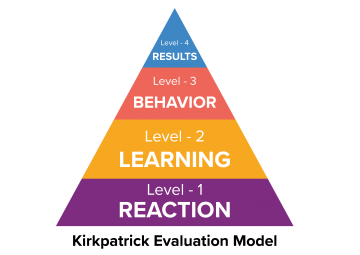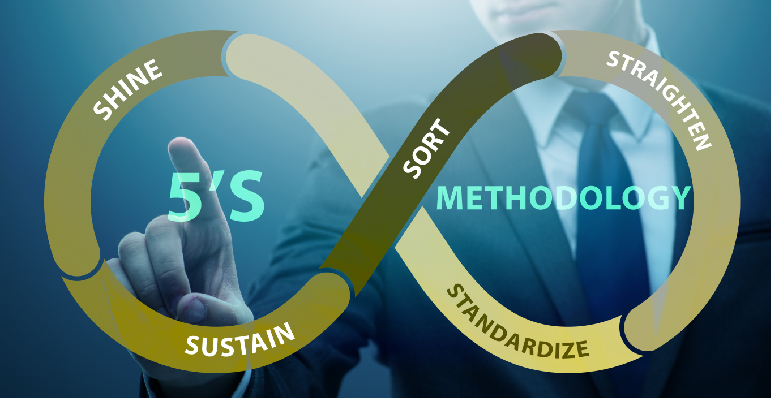Corporate training, to be valuable, requires the effective transfer and application of knowledge in the workplace. But how can you ensure that you have successfully attained what you need to learn from the training programs and skill courses you attended? And how can you apply these learnings to help improve your organization?
In Singapore, lifelong learning is immensely valued. That’s why Singaporeans are taking classes provided by the government to continuously improve and become contributing members of society until their senior years.
But because of the global pandemic, many of us are having a hard time attending these classes. Some companies find it difficult to send employees into corporate training due to workforce concerns and the impending challenge of transitioning from traditional to online courses, while some employees are hesitant to attend it because they need to be away from work in 2-5 days to complete the training.
One study shows that employees sent into corporate training without traditional practical knowledge application have only a five percent retention rate but in contrast, those who have undergone experiential learning with hands-on training have up to a 90 percent retention rate and are more effective in influencing behavioral change.
So, how can we apply the “hands-on” training in our socially distant environment today?
Kirkpatrick Method

The Kirkpatrick evaluation model (KEM) is a model which provides evaluators with a way to measure the success of the training. This is done by analyzing four components of training: reaction, learning, behavior, and results.
Level 1 evaluates how trainees react to the training, while level 2 gauges if trainees understood the training program.
Level 3 evaluates behavioral changes that are impactful because it means that trainees can effectively implement what they learned. This is more advantageous and important for companies, for this level is where participants successfully apply the knowledge they’ve learned from their training to their jobs.
Level 4, on the other hand, measures how training directly impacts the entire organization in terms of customer, financial, and internal business perspectives.
The KEM takes into account the needs of the learner and the level to which they are met during training. It also looks at how well learners can apply what they learned in their day-to-day job.
And now, to easily attain Level 3 — the LPAR Approach was developed. A method greatly inspired by the tried-and-tested “hands-on” approach, tweaking online classes to ones that employ traditional knowledge applications and ensures that trainees are actively engaged despite the limitations in physical learning.
LPAR Approach

The LPAR Approach maximizes learning and empowers trainees to immediately apply what they’ve learned to real-life, day-to-day work situations through synchronous and asynchronous learning.
Although these classes are online, it is still effective because of the experiential learning methods that facilitators initiate during class. Here attendees don’t just learn the principles, they also practice what they’ve learned “on the spot”. The facilitator guides and thoroughly checks how attendees apply it in their daily outputs. And just like being inside a classroom, attendees are also placed inside virtual breakout rooms where they are encouraged to help one another in crafting solutions, ideas, and plans that would benefit their workplace.
With these, employees and companies are able to optimize the corporate training, allowing them to reach KEM’s level 3 even before going back to work.
Adapted from the Kirkpatrick Evaluation Model principles, the ultimate goal of the LPAR approach is to influence trainees’ behavioral change, allowing participants to learn and understand how to capitalize the knowledge acquired to help them turn their ideas into actions—eventually helping to better their organizations’ practices and operations.
The Bottom Line
Training is important, but it’s also critical for team members to develop their skills in the actual context of working on real projects. Deep theoretical learning may be great for calibration, but it doesn’t produce good problem-solvers and systems thinkers. We need to provide our employees with actual opportunities to work together so they can learn how to develop collaborative solutions that work well in a team environment thus the use of the LPAR approach is highly effective.
Indeed, there are new ways of learning that we can merge with traditional learning solutions that helped others, decades ago, and will now help you and your organization succeed.
Get to know these courses that use the LPAR Approach:
Learn & Apply – Digital Marketing (Synchronous e-learning) and Learn & Apply – 5S for Workplace Productivity (Synchronous e-learning)






